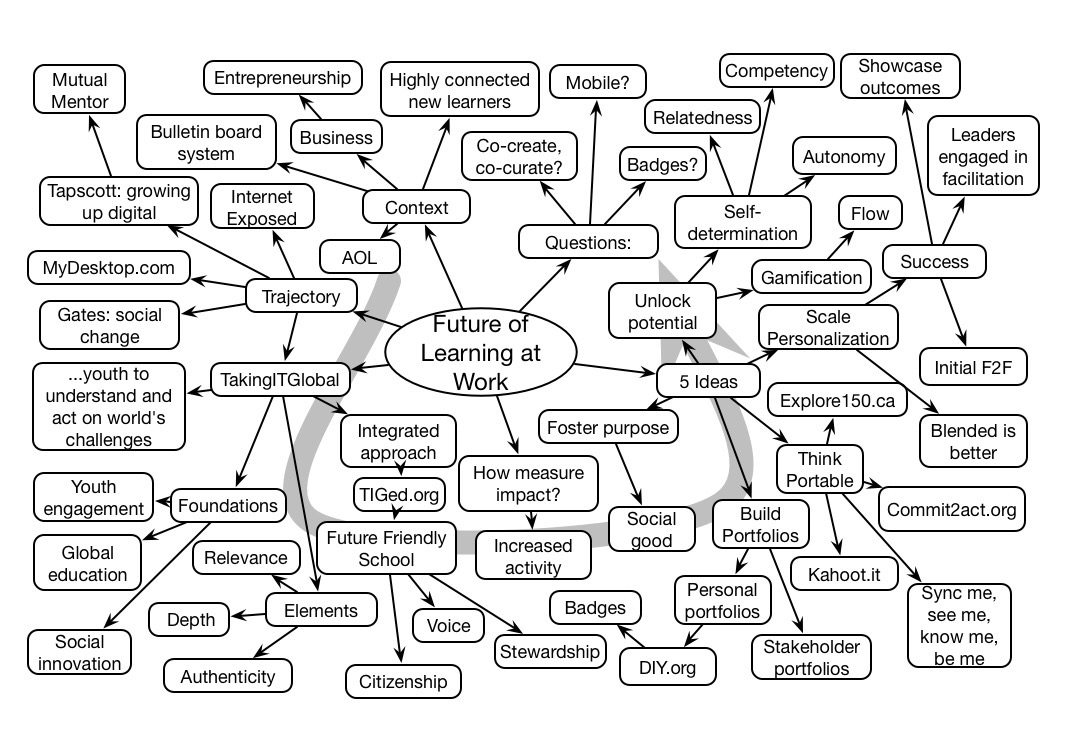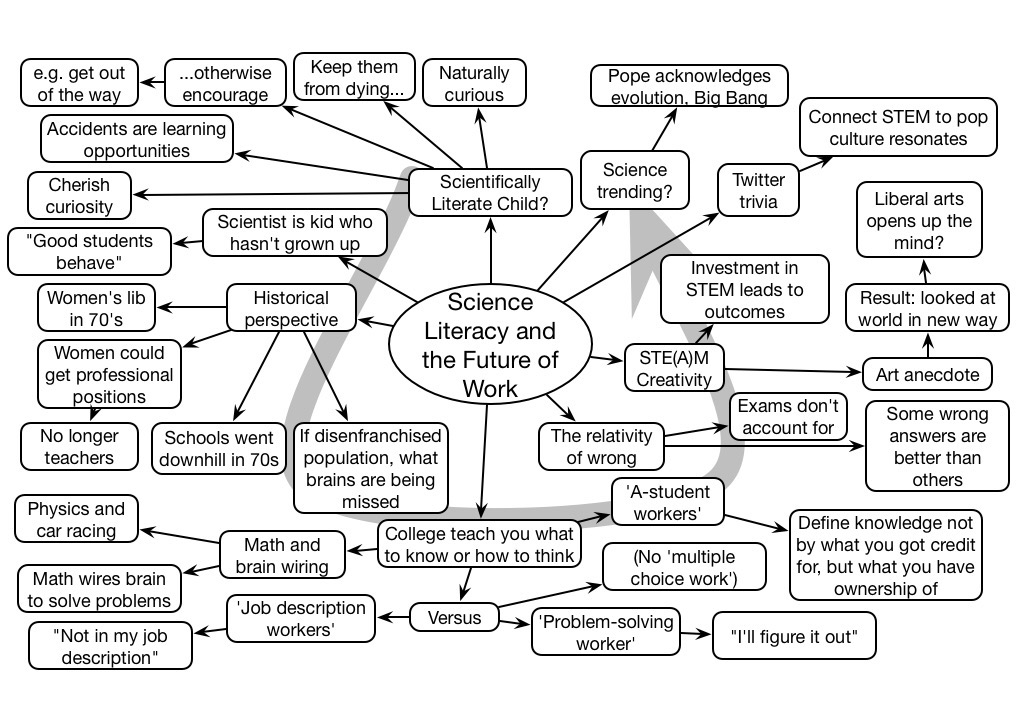Several events are coming up that I should mention (“coming to a location near you!”):
If you’re anywhere near Austin, you should check out the upcoming eLearning Symposium May 7 and 8. I’m speaking on the L&D Revolution I’m trying to incite, and then offering a half day workshop to help you get your strategy going. There’s a nice slate of other speakers to help you dig deeper into elearning.
I’ll also be speaking on Serious eLearning at Callidus Cloud Connections in Las Vegas May 11-13. If you’re into Litmos, or thinking about it, it’s the place to be.
If you’re near Atlanta, I’ll be busting learning myths in an evening session for the ATD Chapter on the 2nd of June, and then running a learning game workshop on the 3rd. You’ll find out more about learning and engagement; you can and should add game elements to your learning design. I’m serious when I say that “learning can, and should, be hard fun“.And I’ll be touting the needed L&D Revolution up in Vancouver June 11, keynoting the CSTD Symposium. There’s a great line up of talks to raise your game.
I would love to meet you at one of these events; hope to see you there (or there, or there, or there).

